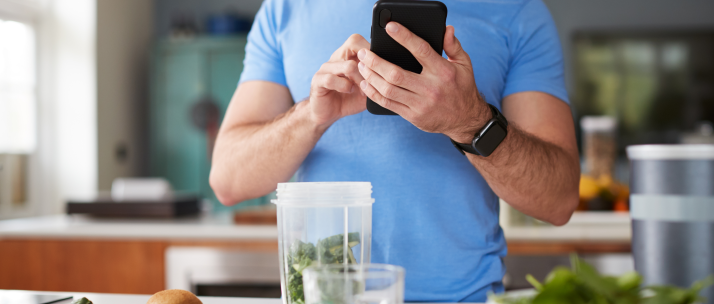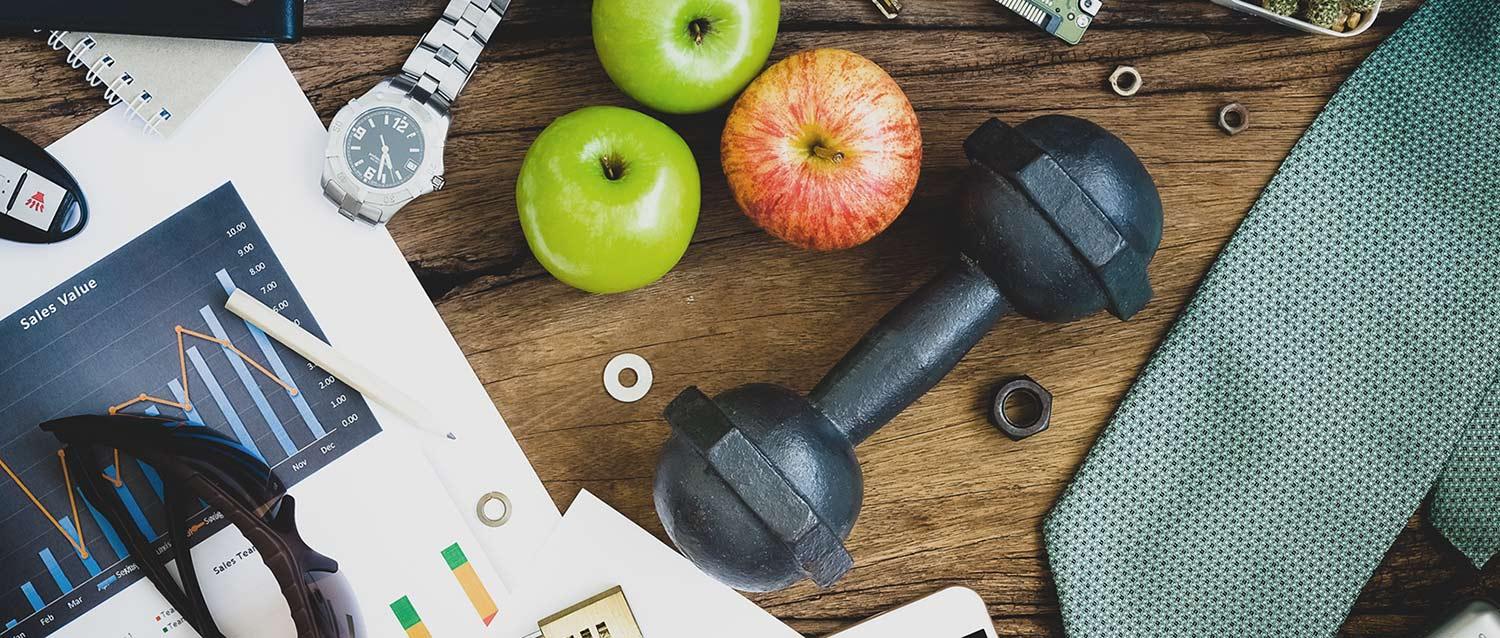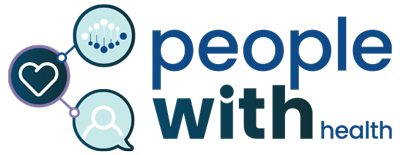
How can we self-monitor our health?
Peer reviewed by Dr Krishna Vakharia, MRCGPAuthored by Lawrence HigginsOriginally published 3 Oct 2022
Meets Patient’s editorial guidelines
- DownloadDownload
- Share
- Language
- Discussion
You may know someone, or you may be someone, who has suffered from an illness and for weeks afterwards are saying: “I’m still not back to normal.” That may well be true but how do you know whether you are not back to normal if you don’t know what your normal is? One way that may help us to find out, is by monitoring what’s happening with our bodies regularly.
Sponsored
In this article:
Dr Krishna Vakharia, Clinical Director-Patient for EMIS Health, explains that whilst information outlining what is generally considered normal is widely available on the web – such as body mass index (BMI) or period lengths – it is not one size fits all.
“What’s ‘normal’ for one person can be ‘abnormal’ in a standard range. For example, if you are very athletic your pulse may be in the 40s and 50s and this could be ‘normal’ for you; however, if your heart rate is normally 70, then a pulse of 40 means you may need to be in hospital. The key is to understand our own normal which will be evident by tracking over a period of time. “
Continue reading below
Why should we record our health data?
With so many possibilities, how do we decide what we should prioritise to record? This may be dictated by personal choice according to what is important to us - such as our weight - or it may be down to specific conditions we have. Dr Vakharia explains that whilst some people may wish to ensure they stay well and within normal limits, monitoring may also tell us if things are going off track and if we need to do something about it.
If we do see things are ‘going off track’ our response should depend on what those changes are. Dr Vakharia says: “There are two questions we need to ask ourselves: how we feel during that change and has that change lasted a long time. The answers will determine our next steps.” So, if our weight has increased and our clothes are getting tighter, it may be time to look at our diet and exercise.
Whereas, as Dr Zoe Freeman, a GP at Penryn Surgery, says: “If you are a COPD patient, and your oxygen saturation levels are continually lower than usual and you feel unwell, it may mean steroids or antibiotics are required.”
Overall, understanding what your normal is, can give you greater insight into the workings of your body and may help you know when something is going wrong or right. A study published in the British Medical Journal (BMJ) found that patients who were self-monitoring gained more knowledge about their disease, felt less dependent on the healthcare professional, and valued the insight into their long-term disease course.1
Dr Freeman agrees that monitoring can be beneficial and may give patients more control. However, she advises: “There needs to be a balance between gaining useful information and not obsessing about symptoms - make sure it’s done sensibly.”
Is monitoring useful for a health appointment?
A typical medical appointment may last around eight minutes, remembering everything important and getting it across can be a challenge.
We often emerge from an appointment and think ‘I forgot this’ or ‘why didn’t I mention that’. Not relaying this information may make it more difficult for doctors and nurses to understand what is happening with us." Says PeopleWith’s CEO, Mark Bradley.
Using the information, we have found from our own monitoring, may help us give a clearer picture to the health professional. And they, in turn, may be able to use it to make more informed decisions on our condition and treatment.
There are certain conditions where monitoring can particularly help with your appointment, for instance, Dr Zoe Freeman says:” There is a list of symptoms that can indicate worsening heart failure, and this can usually be improved by altering medication, so it is important to let the doctor know what you have found out. "
Continue reading below
Do we need technology to self-monitor our health?
There are a variety of tools and methods to help us track our normal – including writing down in a mental health journal, recording our weight on a spreadsheet, or using machines to record blood pressure levels. What we use will depend on our condition and personal preferences. What is key is that the results can help give a useable record of what is normal for our body or condition - and that requires monitoring effectively.
For instance, Dr Freeman points out: "Using a machine to measure our blood pressure is useful but must be done scientifically - so best of three readings, twice daily for a week. Get the whole picture, then contact the doctor”
And once you are recording your results accurately, it is useful to make them readily available, easily understood and, convenient to share. Notebooks and spreadsheets can help with the task of collecting and collating the information. But there are many apps which may help you take your results to the next level without too much extra work.
PeopleWith’s Bradley says: “With the right health app on your mobile device, you will have a 'health companion' that can provide reminders when to take your medication and can supply information and support on your condition." Health apps can show you what to monitor for your condition and allow you to access information on medications.
PeopleWith is a free application available on both Apple and Android devices that can support you in monitoring your health.
Further Reading
Patient picks for Healthcare

General health and lifestyle
Which medical conditions affect your driving?
There are endless medical problems that can affect your ability to drive safely - both temporary and permanent. Failing eyesight; poor balance or coordination; issues with memory or concentration; lack of muscle strength or control; reaction times; pain and drowsiness - all can affect your safety on the road.
by Dr Sarah Jarvis MBE, FRCGP

General health and lifestyle
What student health benefits can I get?
Student life can be pretty demanding, so it makes sense to do everything you can to stay as fit and healthy as possible. Here, we take a look at what student health benefits you can get for free - or almost free - and how to claim them.
by Danny Chadburn
Continue reading below
Article history
The information on this page is peer reviewed by qualified clinicians.
3 Oct 2022 | Originally published
Authored by:
Lawrence HigginsPeer reviewed by
Dr Krishna Vakharia, MRCGP

Ask, share, connect.
Browse discussions, ask questions, and share experiences across hundreds of health topics.

Feeling unwell?
Assess your symptoms online for free
Sign up to the Patient newsletter
Your weekly dose of clear, trustworthy health advice - written to help you feel informed, confident and in control.
By subscribing you accept our Privacy Policy. You can unsubscribe at any time. We never sell your data.
